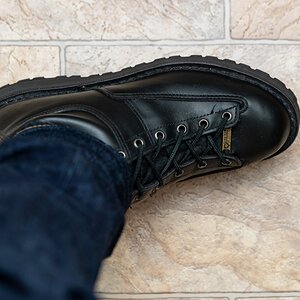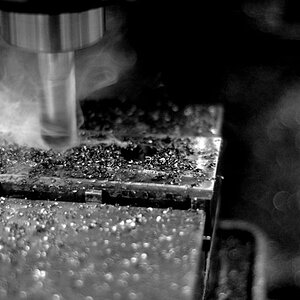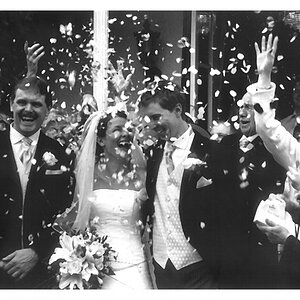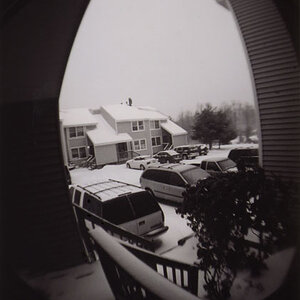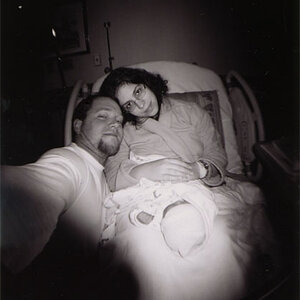iskoos
TPF Noob!
- Joined
- Nov 19, 2009
- Messages
- 187
- Reaction score
- 2
- Location
- Orlando, FL
- Can others edit my Photos
- Photos OK to edit
I never owned Nikon and was thinking it is same as Canon which has the AF motor in lens bodies (talking about the EOS line). But looks like Nikon is a bit different. I see on their website that they list for each camera model which lenses are compatible which are not.
I assume this is due to Nikon has some bodies still out there that have the AF motor inside the camera body.
Can someone tell me which Nikon's have AF motor inside the camera body which do not...
I am just curious that's all...
Thanks
I assume this is due to Nikon has some bodies still out there that have the AF motor inside the camera body.
Can someone tell me which Nikon's have AF motor inside the camera body which do not...
I am just curious that's all...
Thanks



